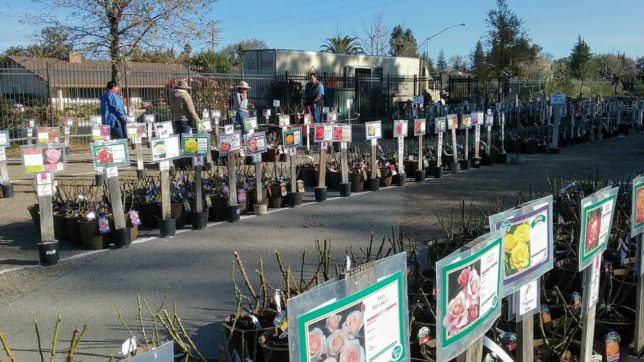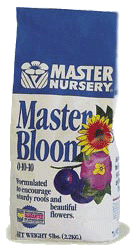 Change fertilizers for many of your shrubs this month. Azaleas, Rhododendrons, and Camellias need monthly applications of Master Bloom (0-10-10) to ensure good bud set for the spring. Citrus plants need regular feedings with Master Nursery’s Citrus Food to help protect them from frost damage.
Change fertilizers for many of your shrubs this month. Azaleas, Rhododendrons, and Camellias need monthly applications of Master Bloom (0-10-10) to ensure good bud set for the spring. Citrus plants need regular feedings with Master Nursery’s Citrus Food to help protect them from frost damage.
The first cool rains of fall are a reminder that now is a great time to apply sulfur products to citrus, camellias and other acid-loving plants.
Citrus foliage commonly turns yellow in winter Soil Sulfur or Iron Sulfate help counteract this tendency.
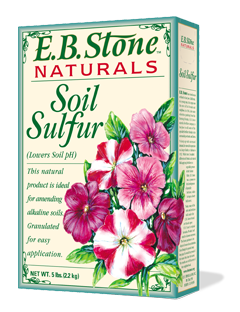 We recommend 2-3 applications per year of some form of sulfur. Apply one before rains stop in early spring, one as rains begin in fall, and one application mid-summer. Now is a perfect time because gentle rains (we hope) will wash nutrients into the soil.
We recommend 2-3 applications per year of some form of sulfur. Apply one before rains stop in early spring, one as rains begin in fall, and one application mid-summer. Now is a perfect time because gentle rains (we hope) will wash nutrients into the soil.
Several products fit the bill and provide a pH adjustment which releases iron. or simply apply an iron product. We suggest you rotate through products, applying one now and another later, so the plant gets a well-rounded diet of minerals and nutrients.
Sulfur products:
Gypsum or PH Adjuster Plus
Sulfur products containing Iron:
Greenall Iron Sulfate
Greenall F.S.T.
Master Nursery Iron Plus
Apply sulfur or iron products now to help citrus, camellias, azaleas, and gardenias stay green.
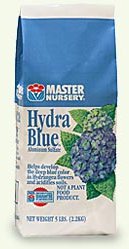 Now is also an excellent time to apply gypsum to the lawn or hydra-blue to Hydrangeas.
Now is also an excellent time to apply gypsum to the lawn or hydra-blue to Hydrangeas.
Lawns in general (if yours is still green) will appreciate a fertilizing before the weather gets too cold… this will help keep a green lawn through winter. Hydrangeas treated with Hydra-blue now will stay on the bluer side as opposed to pink.

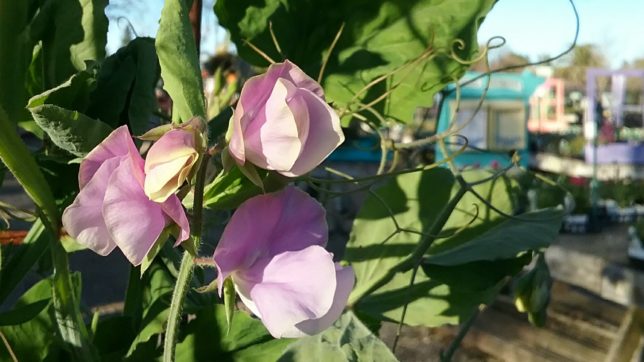
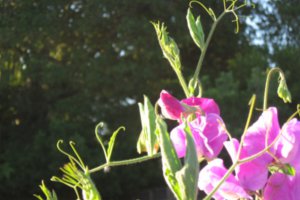
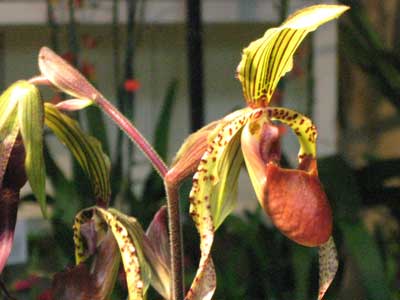 Tough Love for Your Orchids to Thrive
Tough Love for Your Orchids to Thrive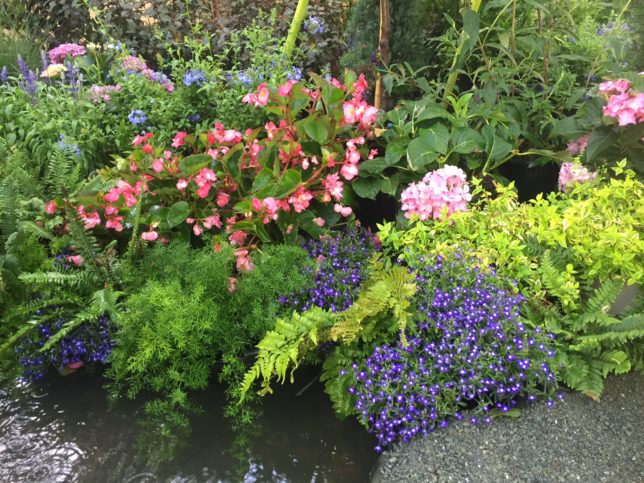
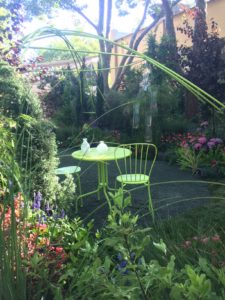
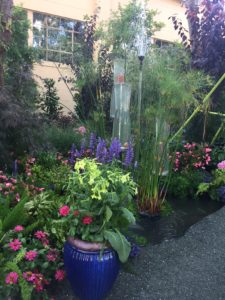
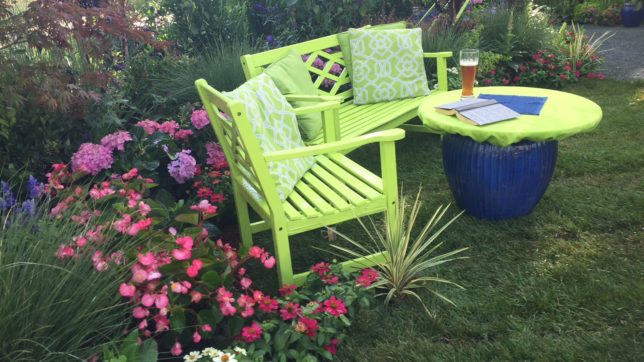
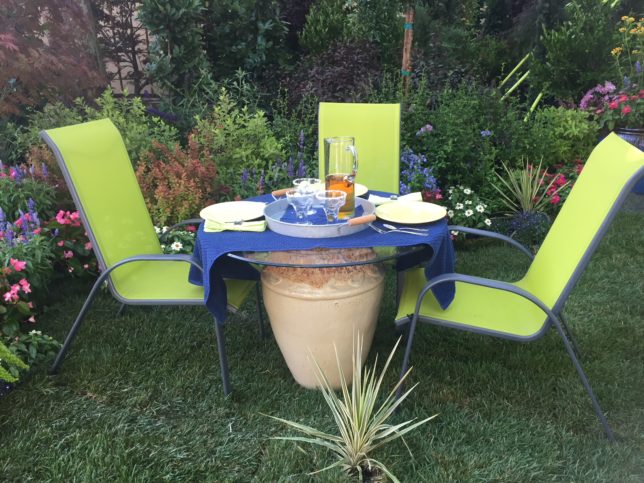
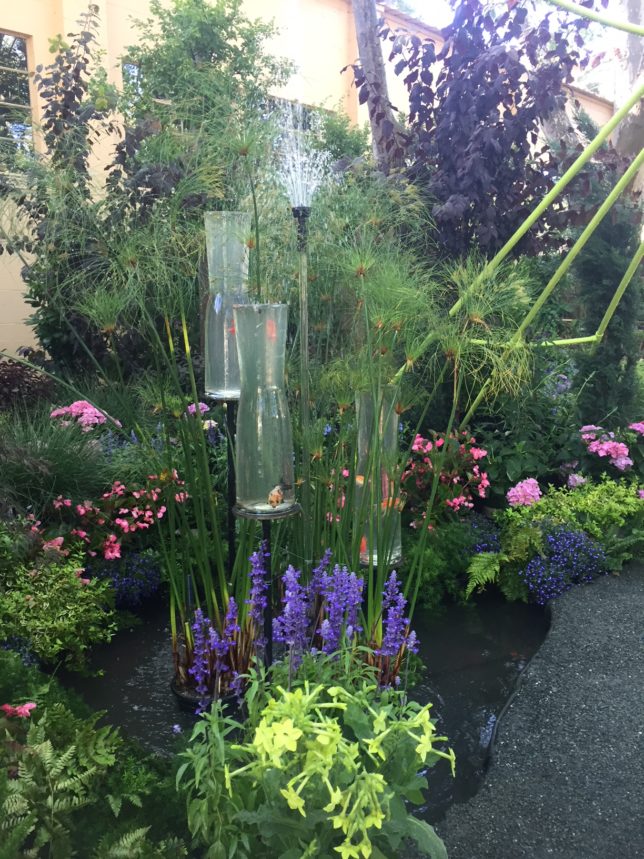
 hhh
hhh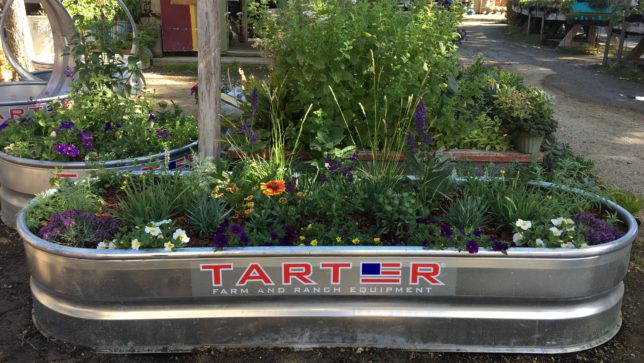
 DRILL DRAINAGE HOLES
DRILL DRAINAGE HOLES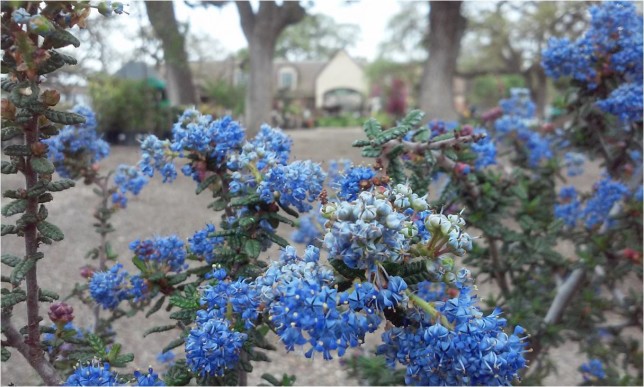
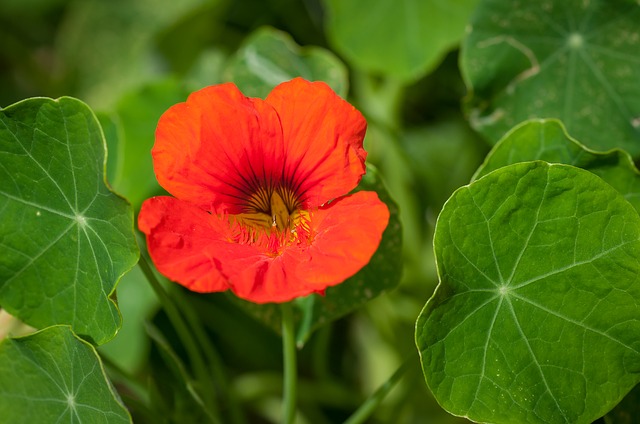

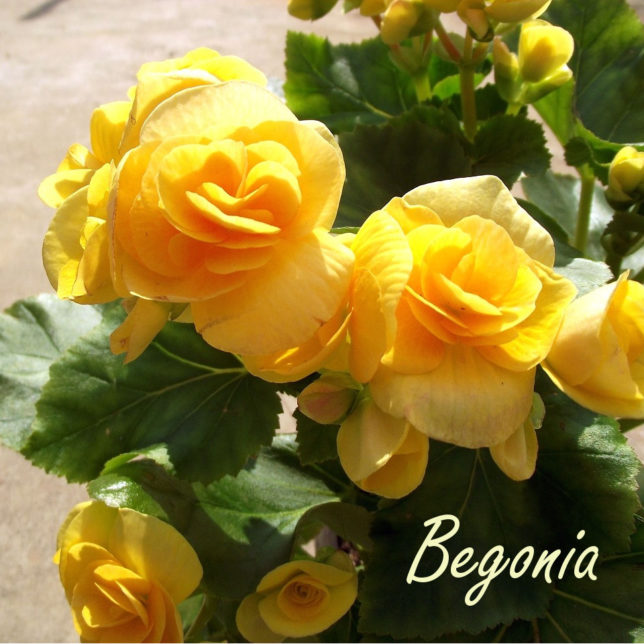
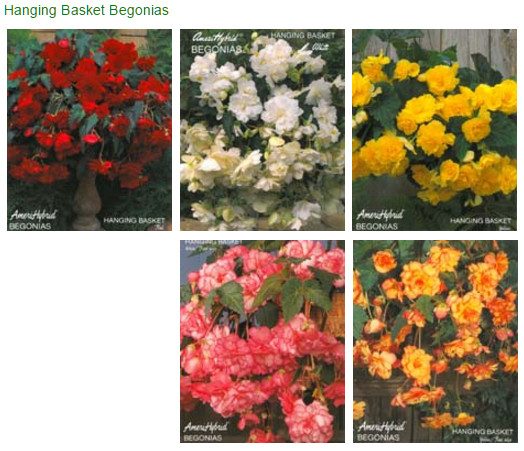
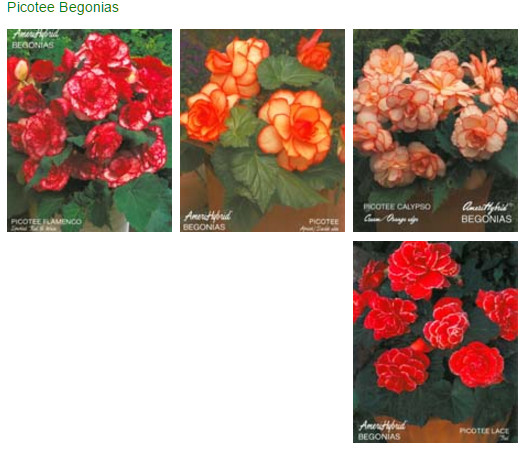
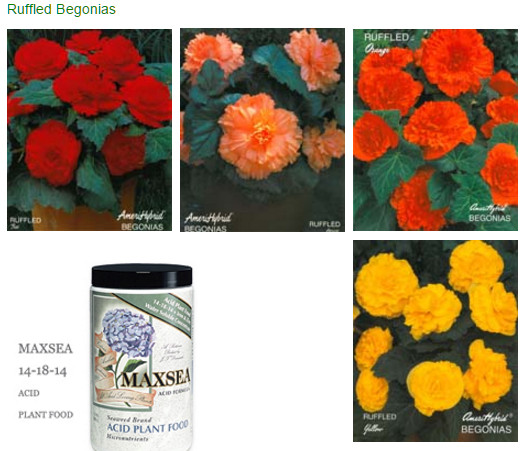
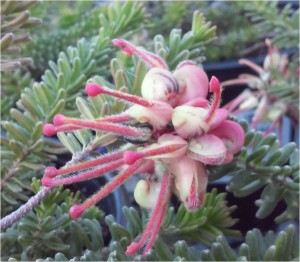 Hummingbirds, butterflies, beneficial insects and native pollinators bring life, joy and movement to the garden and help us appreciate the smaller miracles of the natural world. Attracting Pollinators is as simple as planting the right plants and providing shelter, nectar and larval food.
Hummingbirds, butterflies, beneficial insects and native pollinators bring life, joy and movement to the garden and help us appreciate the smaller miracles of the natural world. Attracting Pollinators is as simple as planting the right plants and providing shelter, nectar and larval food.